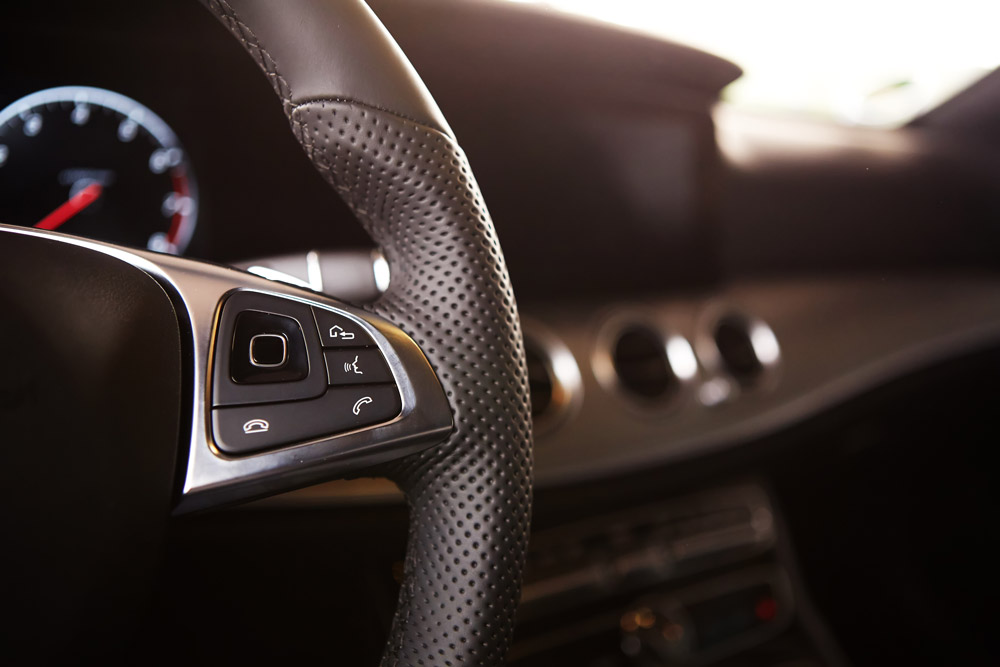
The Wheels on the Bus
We all remember the old daycare song “The Wheels on the Bus,” the hook being that the song, like the wheels themselves, went round and round and round and round. What the song doesn’t tell us, however, is how the wheels on the bus went round and round. Or what happened to the bus’s wheels when the driver wanted to make a turn.
Infuriatingly, the song never attempted to discuss components like the axles, the differential, or the wheel joints. We shall do our best to explain how these endlessly turning bus wheels actually get the vehicle from place to place. Unless each stop is on a straight line, it’s important that we understand the role that the drivetrain plays in turning our wheels.
The Basic Idea
When it comes to the turn of the wheel, we understand the final result: we turn the steering wheel one direction and the nose of the car follows suit. We figure that the steering wheel is attached to a mechanism that engages the tires — and that the tires work together to get the front and back halves of the car going in the same direction — but unless someone has spent considerable time doing car repairs with their own hands, it can be difficult to describe how exactly this is accomplished.
The answer is the drivetrain.
How it Works
At Master Muffler, we have worked extensively with the drivetrain in order to understand its components and its function, so that we can provide the very best service at our Murray car repair center. While the drivetrain system performs other functions like changing which gear the car is driving in, its main function is to transfer the car’s power from the gearbox to the axles, which then turn the car.
- The transmission: The gear tree (also known as a gearbox) allows the driver to control how much energy is delivered from the engine to the crankshaft and ultimately, the wheels. The transmission ensures the immense power of the internal combustion engine doesn’t overpower the car when it is just starting, driving slowly, or trying to stop.
- The driveshaft: The driveshaft is a long tubular component that travels the length of the car, connecting the torque of the gearbox to the axles.
- The axles: The axles are the rods that directly turn the wheels. In most cars, each wheel has its own axle, which increases the lifespan of the tires by providing a smoother drive. Axles absorb the shock of driving on uneven roads and carry the overall weight of the vehicle.
- The differential: Depending on whether the car has automatic or manual transmission, the differential connects to the axles at both ends of the car. It helps regulate the difference in speed between the outside wheels and the inside wheels whenever the car turns.
- Various joints: Parts like the U-joint and CV joints allow for the driveshaft to remain flexible underneath the car while it turns the axles.
A Note on the Differential
Imagine a turning record on a spinning wheel. The outside of the record moves slower than the inside, because of the size of the circumference of the respective circles. The inside and outside tires act the same way when you turn the corner, only this time the outside wheels need to move faster in order to make up the difference and not get left behind. The drivetrain helps accomplish this.
If you notice that your car has been shuddering somewhat when trying to turn or that the steering wheel is sluggish, there could be something wrong with some part of the drivetrain. Feel free to drop by our Murray car repair center for the best alignment work in the Valley.
Related Posts
As an EV owner, understanding your vehicle's battery is critical. From its capacity to its lifespan, and everything in between, we'll guide you through what you need to know to optimize your EV experience. So buckle up and get ready - we're about to shed some light on the electrifying world of EV batteries. What [...]
If your car is running hot, it can be a sign that something’s not right with your engine. Fortunately, diagnosing the cause of an overheating engine isn't too difficult if you know what to look for and how to address it. Keep reading if you want to learn the most common issues that occur when [...]
Your vehicle's exhaust system serves a critical role in managing the byproducts of the combustion process and ensuring optimal engine performance. The appearance of colored smoke from the exhaust pipe, either when stationary or accelerating, can provide valuable clues to underlying mechanical issues. What is a car exhaust? A car exhaust is a system [...]





